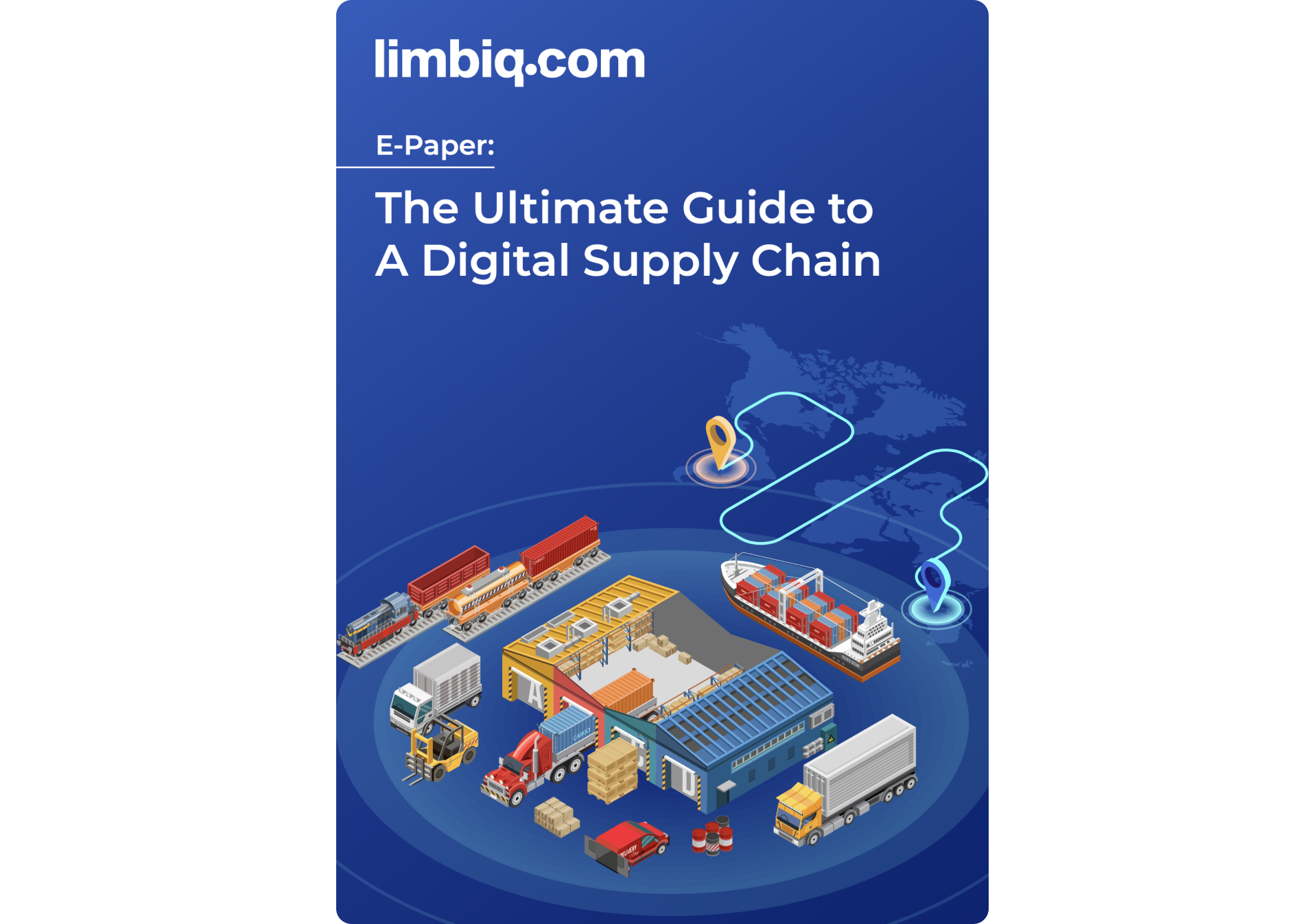LCL vs. FCL – Comparison of container loads in freight transport
There are essentially two options in merchant shipping for transporting goods: FCL (Full Container Load) and LCL (Less than Container Load). When booking a new container for shipping goods, the recurring question arises as to which of the two cargo types is the better choice. In this article, we will take a closer look at the terms FCL and LCL, compare their advantages and disadvantages, and determine when to choose each cargo delivery option.
FCL - Full Container Load
FCL (Full Container Load) refers to the shipment of a complete container load in freight container traffic. Mostly 20' or 40' standard containers are used for the shipment of goods. In the case of an FCL load, the container is delivered fully loaded from door to door, without allowing for partial loads. Unlike LCL cargo, the FCL container only contains a single delivery. Usually, these containers are delivered to the port already sealed and do not require any further customs clearance.
LCL - Less than Container Load
LCL (Less than Container Load) refers to a shipment of goods that does not completely fill the container. Instead of booking the whole container, only a portion is rented, and the remaining space is made available for other goods. This allows the transport company to combine multiple shipments in one container, maximizing the use of space. Partial shipments are consolidated in container freight stations and delivered to different recipients.
Advantages and disadvantages
Compared to FCL transport, LCL transport is more complex for various reasons. It involves more steps and takes more time, but can still be a viable alternative to FCL transport depending on certain conditions.
Requirements for the transport
Different products have different transport demands that must be taken into consideration. It is important to carefully assess which deliveries can be combined into one load and which cannot. If there are dangerous goods that are subject to special regulations, FCL transport is mandatory. In addition, choosing LCL carries the risk of products being damaged by other partial loads. Therefore, it may be worth renting an FCL container for sensitive goods, even if the space is not fully utilized. In general, transport with an FCL container is safer because the goods are protected against external influences by sealing the container. This is why they are also better protected against smuggling or drug trafficking.
Coordination of the transport processes
Compared to FCL transport, the paperwork required at intermediate stations in LCL transport is considerably more complex. With several partial loads, there are often various and more complex customs clearance conditions. The customs steps must be processed individually for all partial loads. Therefore, any problem with a partial load affects the entire container and consequently impacts delivery times.
Transportation costs
LCL transport is typically less expensive for lower load volumes and weights, making it a good option for companies with smaller shipping needs. Despite the small consignment volumes, it can still be used with sea transport. However, the price per cubic meter is usually higher for LCL cargo. Therefore, for larger shipments, it may be more economical to choose FCL cargo as an alternative.
Conclusion
The preferred type of load ultimately depends on various factors. Not only the weight and volume, but also the time factor, the type of products, and their associated requirements are essential criteria that need to be considered.
image from onlyyouqj on freepik
